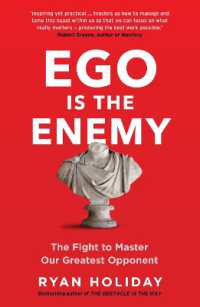Good to Great: Why Some Companies Make the Leap…and Others Don’t
Jim Collins’s Good to Great is a landmark management book that delves into the characteristics and practices of companies that successfully transition from average to exceptional performance. Based on a rigorous five-year research study, Collins and his team identified a set of principles that distinguish truly great companies from their merely good counterparts.
Key Concepts
Level 5 Leadership
Great companies are led by “Level 5 leaders” who possess a unique blend of extreme personal humility and fierce professional will. They prioritize the company’s success over their own ambition.
First Who, Then What
Good-to-great companies first get the “right people on the bus” (and the wrong people off the bus) before deciding where to drive it. They focus on assembling a strong team of self-disciplined individuals.
Confront the Brutal Facts (Yet Never Lose Faith)
Great companies have the discipline to confront the harsh realities of their current situation, no matter how difficult, while simultaneously maintaining an unwavering belief that they will ultimately prevail. This is also known as the “Stockdale Paradox.”
The Hedgehog Concept
Great companies simplify their vision into a “Hedgehog Concept” by focusing on the intersection of three circles: what they are deeply passionate about, what they can be the best in the world at, and what drives their economic engine.
A Culture of Discipline
Good-to-great companies foster a culture of discipline, where disciplined people engage in disciplined thought, leading to disciplined action. This involves balancing freedom and responsibility within a clear framework.
Technology Accelerators
Technology is viewed not as the cause of transformation, but as an accelerator of momentum within the Hedgehog Concept. Great companies carefully select technologies that align with their business goals rather than chasing fads.
The Flywheel and the Doom Loop
The “flywheel effect” describes the cumulative momentum built by consistent effort and disciplined actions, leading to sustained greatness. Conversely, the “doom loop” occurs when companies frequently change direction without a clear strategy, dissipating energy and preventing progress.




